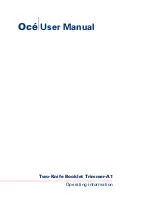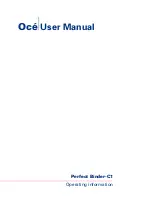
iScout® System User’s Manual
2
© McQ Inc 2008
Figure 1-2 shows how the iScout® sensors, the WMR, the LHCN, the ISU and the HHPM
communicate with each other and the OmniSense® Backend SAD.
Communications in the iScout®
system take place over the local communication links and via
the Iridium satcom link. The communication between an iScout® sensor node and the Wireless
Mobile Relay (WMR) is through a 900 MHz local communications radio. The WMR is
responsible for taking the data sent by the iScout® sensor node and sending the same
information to the HHPM over the Bluetooth link. The HHPM is responsible for establishing the
Bluetooth link between the WMR and HHPM through the OmniSense® program. Once the link
between the WMR and the HHPM has been established, the data will appear on the HHPM from
the iScout® with no interference. Also available is communication with the iScout sensor via
either the OmniSense ISU or via a LHCN relay.
1.1
iScout® Sensor Description
The iScout® sensor node’s purpose is to detect activity in a specific area based on the transducer
that is being used. The iScout® sensor (Figure 1-3) is equipped with GPS positioning capability
and a 900 MHz communications radio as well as internal transducers that include a geophone, a
microphone, a passive infrared module, and a magnetometer. The external connectors for the
iScout® sensor include an optional connector for a switch closure cable and an antenna for the
Figure 1-2: iScout® Communications











































